15 Wild Animals in Barbados [Wildlife in Barbados]
Want to know more about the wildlife in Barbados?
Discover 15 wild animals in Barbados in this post, as well as interesting facts about them. 🇧🇧
Learn All About Barbadian Animals
Ready to learn all about Barbadian animals?
I’ve always been fascinated by animals, and by how they can be so different from one country to another. In this guide, we’ll focus on the many animals Barbados has on the land, in the sky, and under water.
I’ve split the guide in 4 categories:
- Native animals from Barbados
- Endangered animals of Barbados
- What is the national animal of Barbados?
- How many animals native to Barbados?
Let’s dive in right away with our first category!
Native Animals from Barbados
Barbados is an island country located in the eastern part of the Caribbeans. It is surrounded by the Caribbean Sea, and its capital city is Bridgetown, which counts more than 110,000 inhabitants.
An interesting part of the country that I wanted to tackle is its wildlife. In light of that, I have listed the best of it, and I hope you will love learning what animals live in Barbados.
Here’s the Barbados animals list.
1. Norway rat
- Name: Norway rat
- Scientific name: Rattus norvegicus
- Conservation status:
This is probably not what you expected to see first on the list. A rat from Norway… on a Barbados animal list? Well, the Norway rat is also called the brown rat. It was first named the “Hanover rat” due to problems with the House of Hanover, and no one really knows where “Norway rat” comes from, considering it did not come from Norway.
The Norway rat mostly feeds on cereals, but is an opportunistic omnivore, and will eat whatever it can.
2. Green iguana
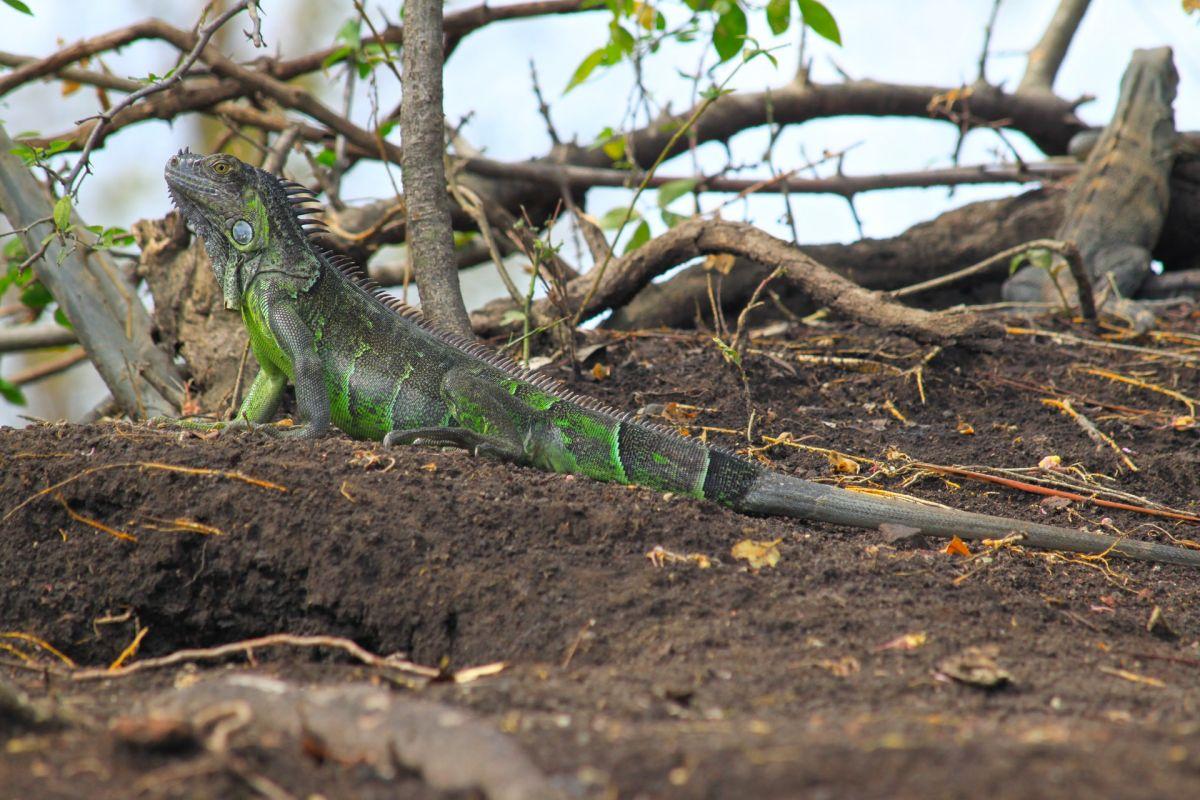
- Name: Green iguana
- Scientific name: Iguana iguana
- Conservation status:
The green iguana is the most common species of iguana. Because of this, it is often simply called the iguana, and it is present in Central and South America. It is considered an invasive species, and it was introduced in other areas like southern Florida and Hawaii.
Nowadays, more and more green iguanas are found in captivity, but they are actually very demanding. Even though they are calm, they need a lot of space as well as special lighting and proper heat.
3. Cane toad
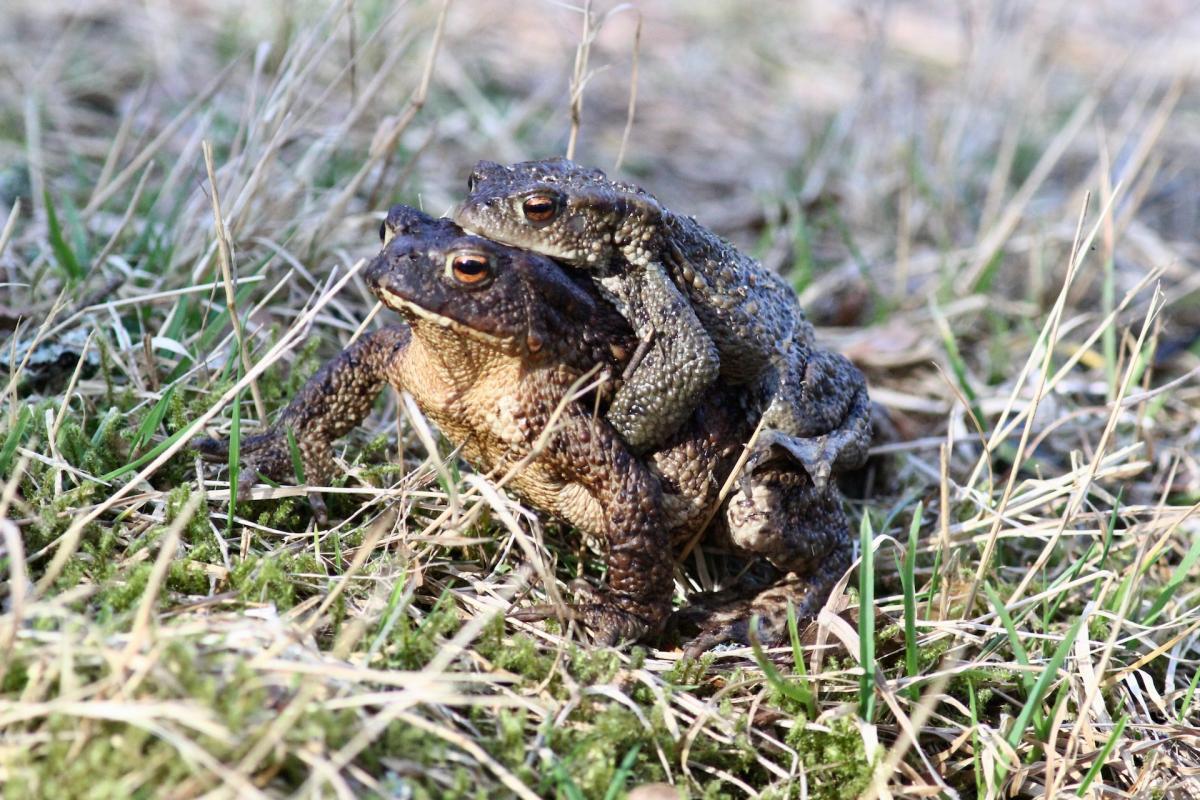
- Name: Cane toad
- Scientific name: Rhinella marina
- Conservation status:
The cane toad is a large species of toad, hence its other name, the giant neotropical toad. It is native to Central and South America, but was introduced to several islands, in Oceania and in the Caribbean, including Barbados.
This toad is toxic if ingested, thanks to its poison glands. Its skin is also very dangerous, and it is renowned for being particularly dangerous to dogs. It is an invasive species that poses a real threat to native species of any ecosystem, and biodiversity is almost always on the decline after a cane toad joins the area.
4. Velvety free-tailed bat
- Name: Velvety free-tailed bat
- Scientific name: Molossus molossus
- Conservation status:
The velvety free-tailed bat, also named Pallas’s mastiff bat is a medium-sized species of bat that emerges at dusk and feeds on insects, most of the time. It finds its prey by foraging in open areas, around forest edges and bodies of water. Its diet is mostly made of moths, flying ants and beetles.
This species of bat is found throughout most of South America, but also in Central America and in the Caribbeans.
5. Humpback whale
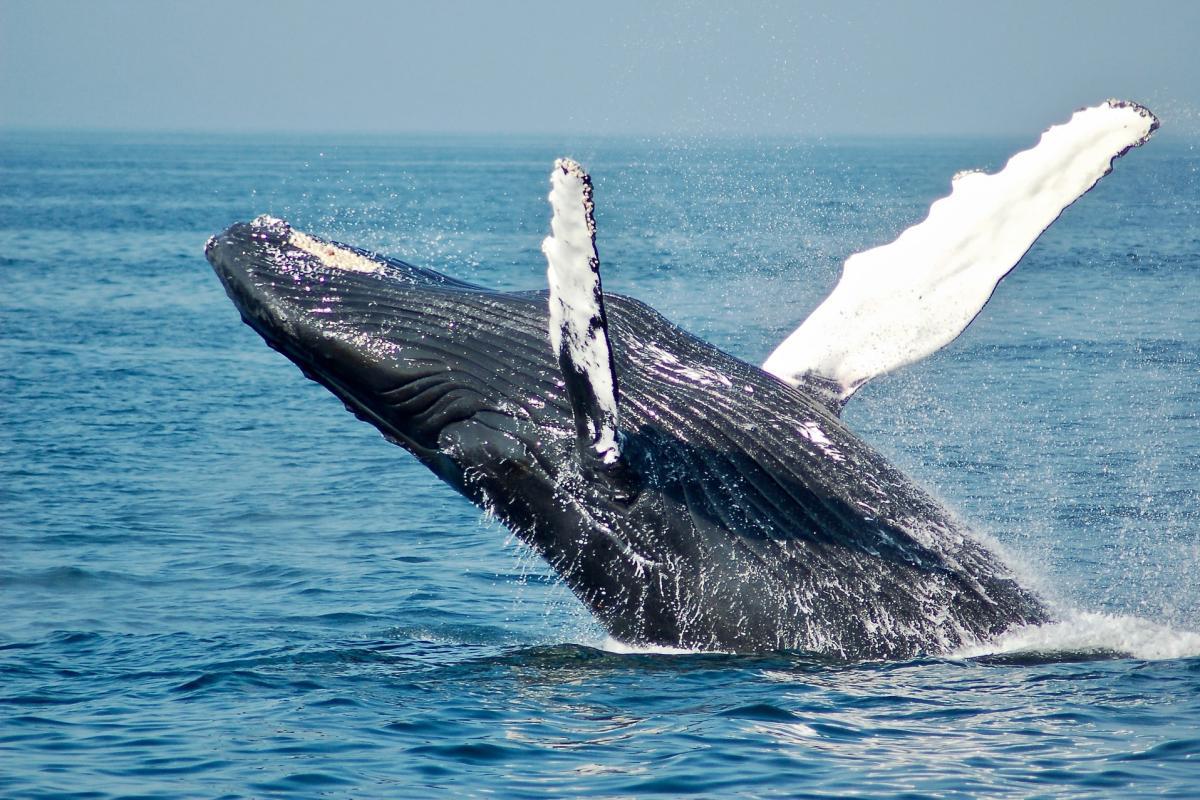
- Name: Humpback whale
- Scientific name: Megaptera novaeangliae
- Conservation status:
The humpback whale is one of the largest species of whale. It is very famous for breaching the surface of the water before diving back in, making it an ideal sight for whale watchers. It inhabits most oceans and seas around the planet, but can sometimes be seen off the northern coast of Barbados.
These whales also migrate for tens of thousands of kilometers every year, feeding in polar waters, before going back to tropical and subtropical waters to breed while fasting and living off their fat reserves.
6. Zenaida dove
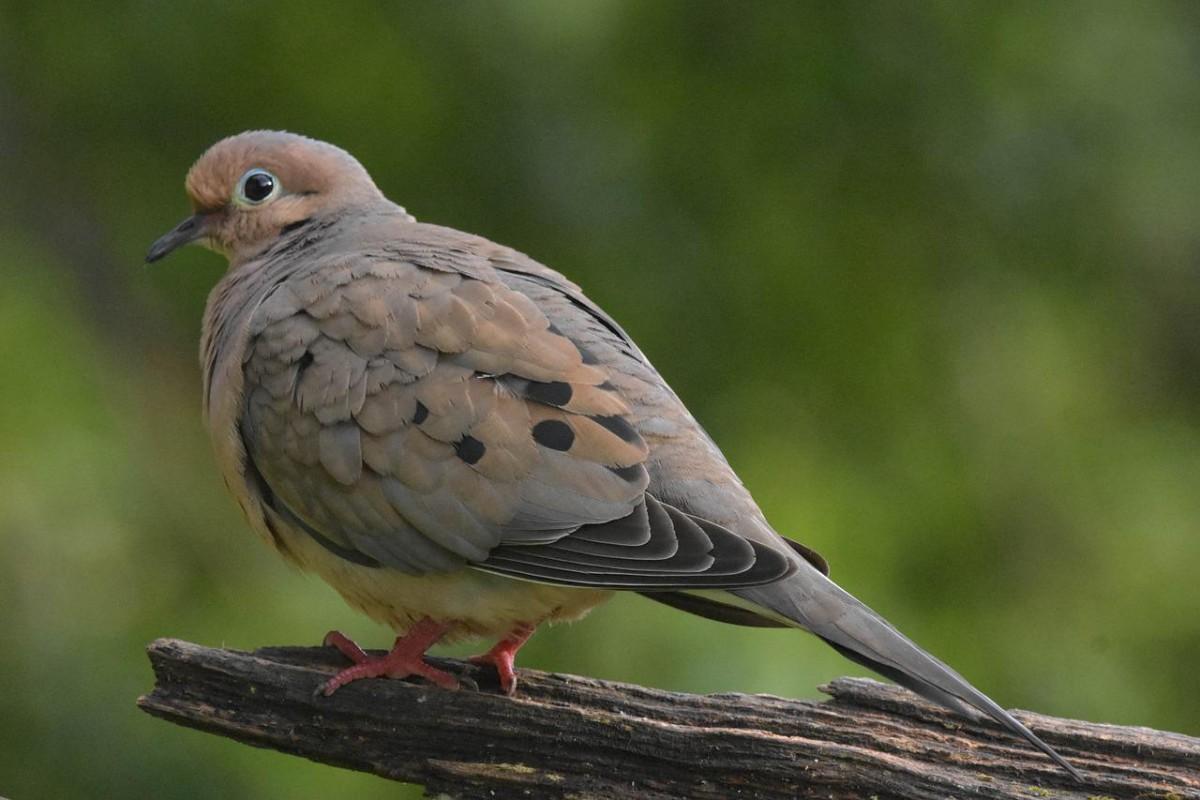
- Name: Zenaida dove
- Scientific name: Zenaida aurita
- Conservation status:
The zenaida dove is a small species of dove, and the national bird of Anguilla. There, it is known as the “turtle dove”. It inhabits almost every island in the Caribbean, including Barbados. It was also found in Florida, though in very scarce numbers.
This dove’s diet is made of grains and seeds. To feed, it forages on the ground and can also occasionally eat insects. Sometimes, zenaida doves swallow gravel to assist with digestion, and ingest salt from rich soils.
7. Hawksbill sea turtle
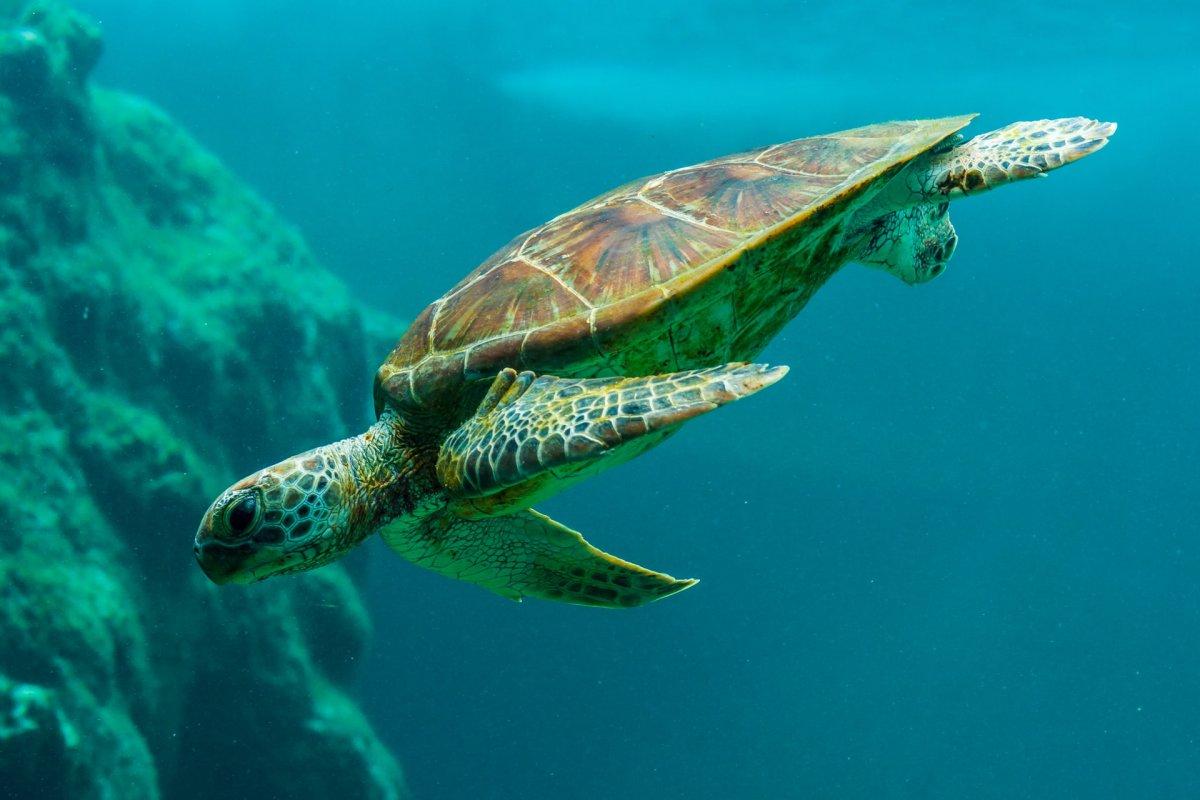
- Name: Hawksbill sea turtle
- Scientific name: Eretmochelys imbricata
- Conservation status:
The hawksbill sea turtle is a large species of sea turtle that inhabits tropical and subtropical seas. Despite its very wide range, it particularly likes the Caribbean Sea, mostly due to the many nesting beaches.
These sea turtles are omnivorous, but sea sponges are their main food. Sadly, they are critically threatened by pollution and loss of nesting areas due to coastal development. Also, even though it is illegal to hunt them in many countries, they are killed and eaten by humans.
8. Masked duck
- Name: Masked duck
- Scientific name: Nomonyx dominicus
- Conservation status:
The masked duck is a tiny species of duck that lives in Central and South America. It is found in most countries from Mexico to Argentina, and it usually inhabits freshwater bodies surrounded by tree cover.
Its diet is mainly made of seeds, leaves of aquatic plants and roots. These ducks are not migratory, and even though they are quite rare (around 4,000 of them are in the wild), they are not particularly threatened.
9. Green monkey
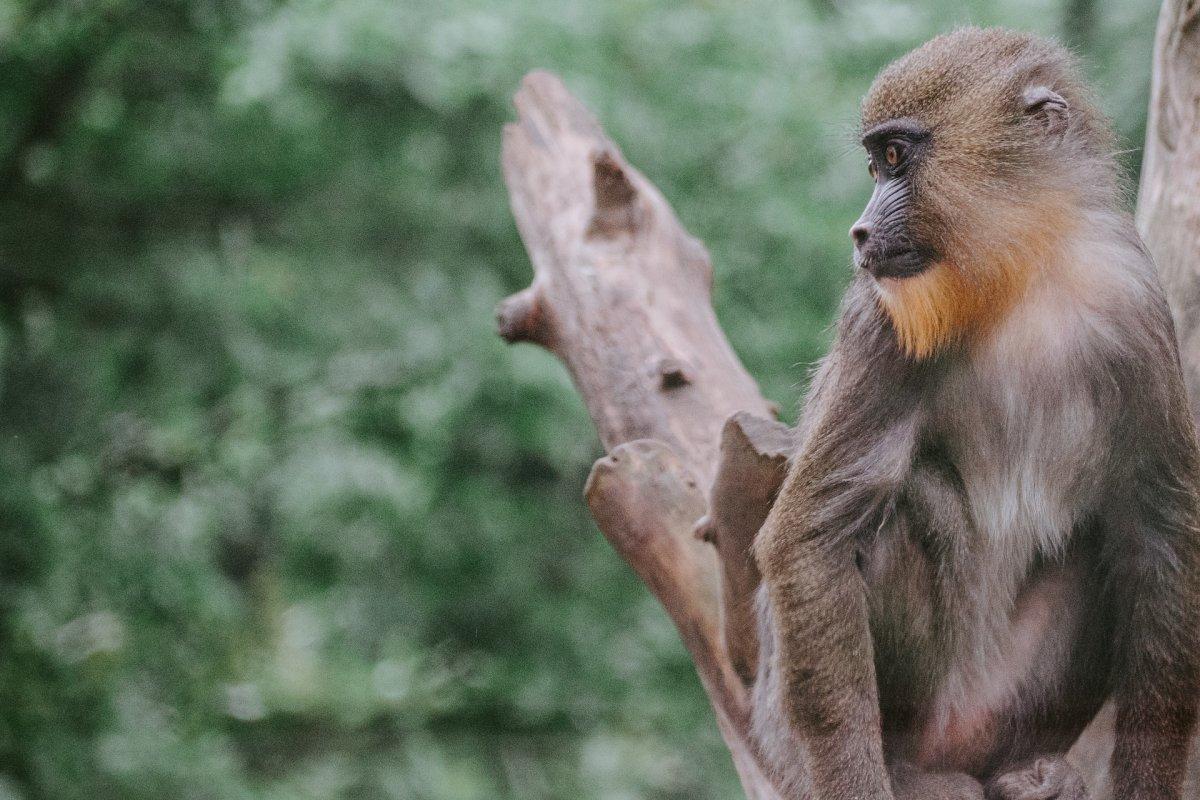
- Name: Green monkey
- Scientific name: Chlorocebus sabaeus
- Conservation status:
Most mammal species in Barbados were artificially introduced, including the green monkey. If it were not for humans, it would only live in western Africa. It was introduced to several countries in Central America in the middle of the 16th century, including Barbados.
Green monkeys usually live in groups of 7 to 80 individuals. Their societies are ruled by alpha males which are polygynous, and they breed from April to June. They choose these months due to the abundance of resources thanks to the rainfall.
10. Brown-throated parakeet
- Name: Brown-throated parakeet
- Scientific name: Eupsittula pertinax
- Conservation status:
Interestingly enough, most of the brown-throated parakeets are vibrant green, but the one color that made it to its name is its brown throat! It is a species of parrot, also known as St. Thomas conure.
It can be found in woodland and savanna, in the northern part of South America, and on several Caribbean islands. Its diet is made of seeds, and it forages for them in a group of several individuals.
11. Barbados bullfinch
- Name: Barbados bullfinch
- Scientific name: Loxigilla barbadensis
- Conservation status:
The Barbados bullfinch is a small endemic species of bird that eats seeds. Its body is dark gray and olive, with brown wings and dark gray legs. It inhabits forest undergrowth on the island, and it has adapted particularly well to humans, as it can often be seen in gardens.
This bird builds itself a nest with a side entrance, most of the time in a tree or shrub. There, it lays 2 to 3 eggs.
12. Tropical house gecko
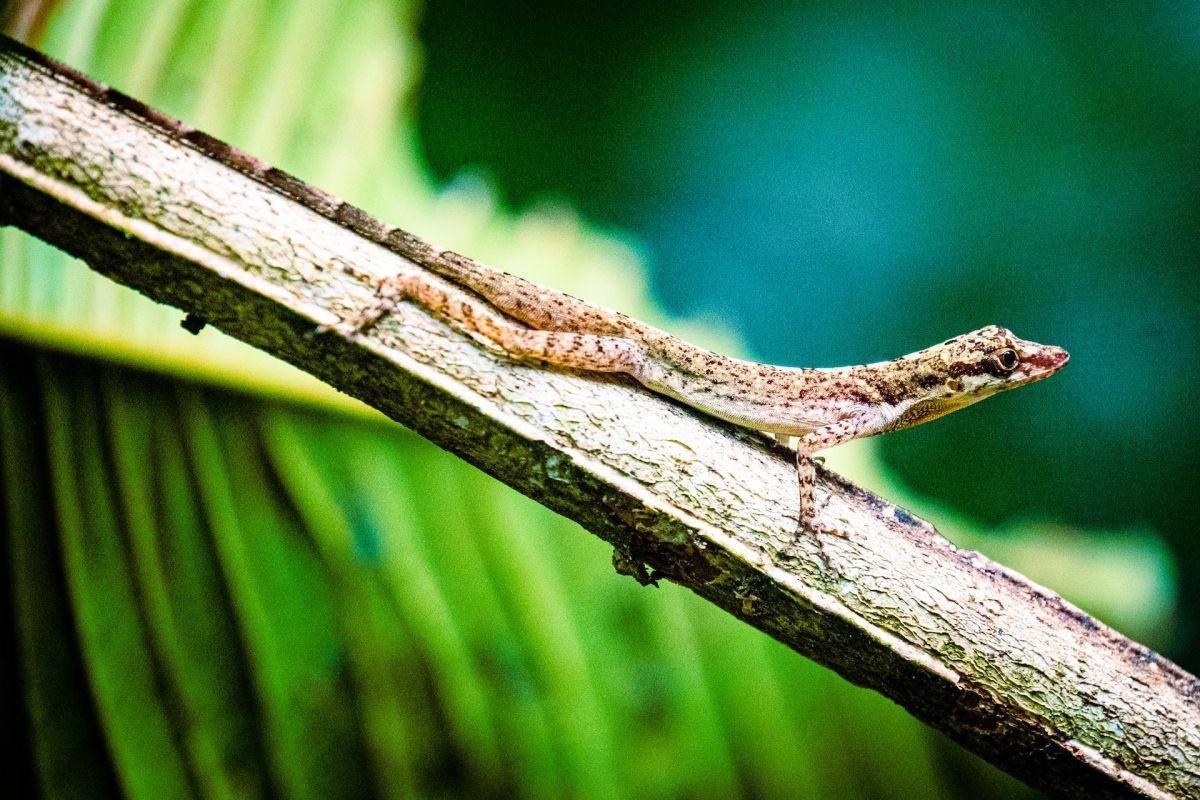
- Name: Tropical house gecko
- Scientific name: Hemidactylus mabouia
- Conservation status:
The tropical house gecko is a species of gecko native to… sub-Saharan Africa. Similarly to several other animals, it was artificially introduced to Barbados, but also to many other countries of America and the Caribbean.
Just like most other gecko species, the tropical house gecko sometimes vocalizes. It can be heard during quiet nights near an open window. In several Caribbean cultures, having a tropical house gecko residing in one’s home is considered good luck!
13. Blue land crab
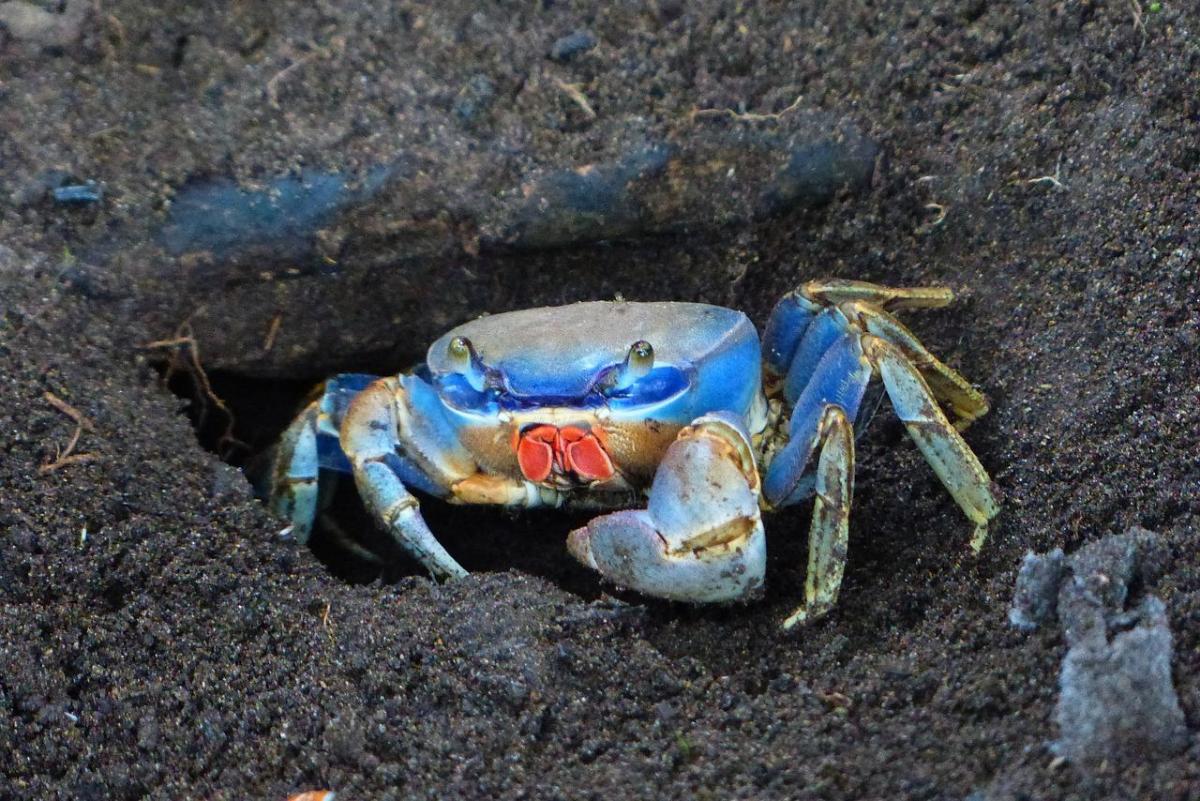
- Name: Blue land crab
- Scientific name: Cardisoma guanhumi
- Conservation status:
The blue land crab is a species of crab that inhabits tropical and subtropical estuaries on the Atlantic coast. Its color ranges from dark blue to pale gray, and it cannot spread further north from its current habitat, as cold water temperatures during the winter endanger its survival.
This crab feeds on leaves and fruits, but also carrion and insects. It is cannibalistic, which means it can eat other individuals of the same species.
14. Bottlenose dolphin
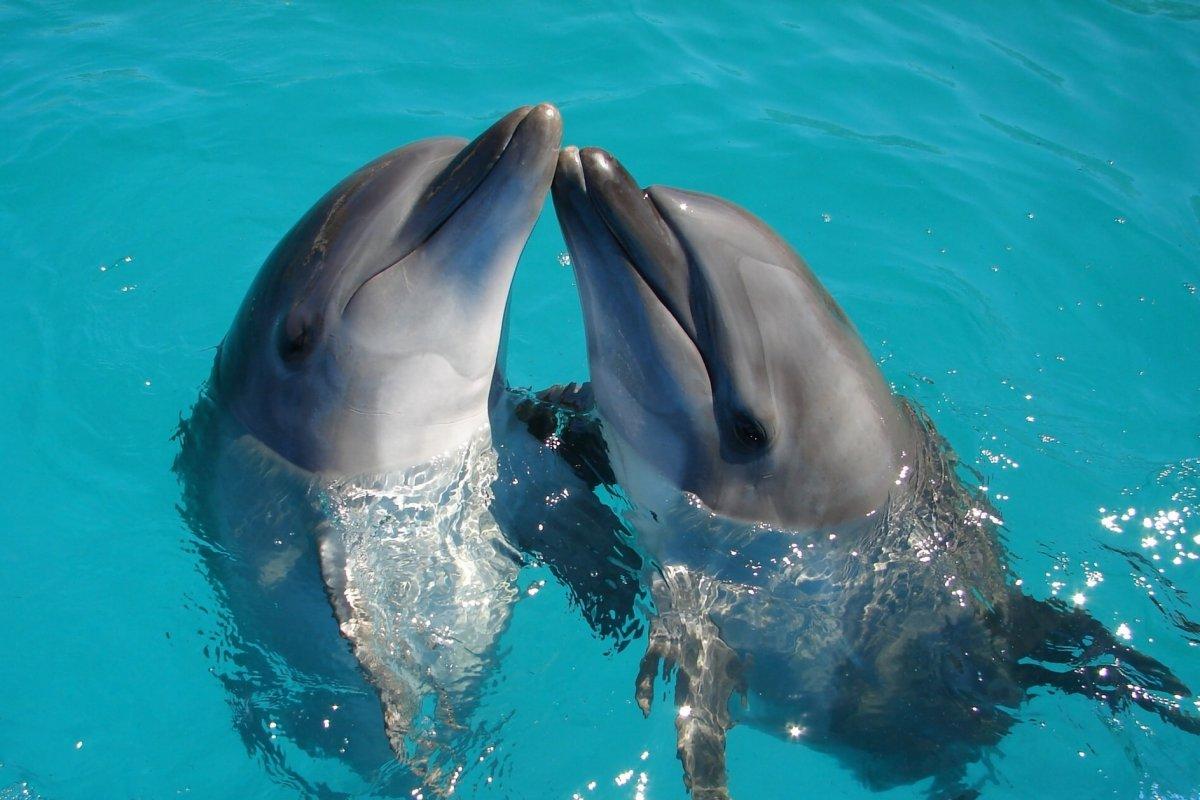
- Name: Bottlenose dolphin
- Scientific name: Tursiops truncatus
- Conservation status:
The bottlenose dolphin is the most common species of dolphin on the planet. It is renowned for being a very intelligent animal, showing signs of artificial language, mimicry, self-recognition and object categorization. Similarly to the humpback whale, it can be seen off the northern coast of Barbados.
Their biggest threat is drowning in fishing nets: every year, millions of them are accidentally killed by tuna fishing crews. They are also suffering from pollution.
15. Small Indian mongoose
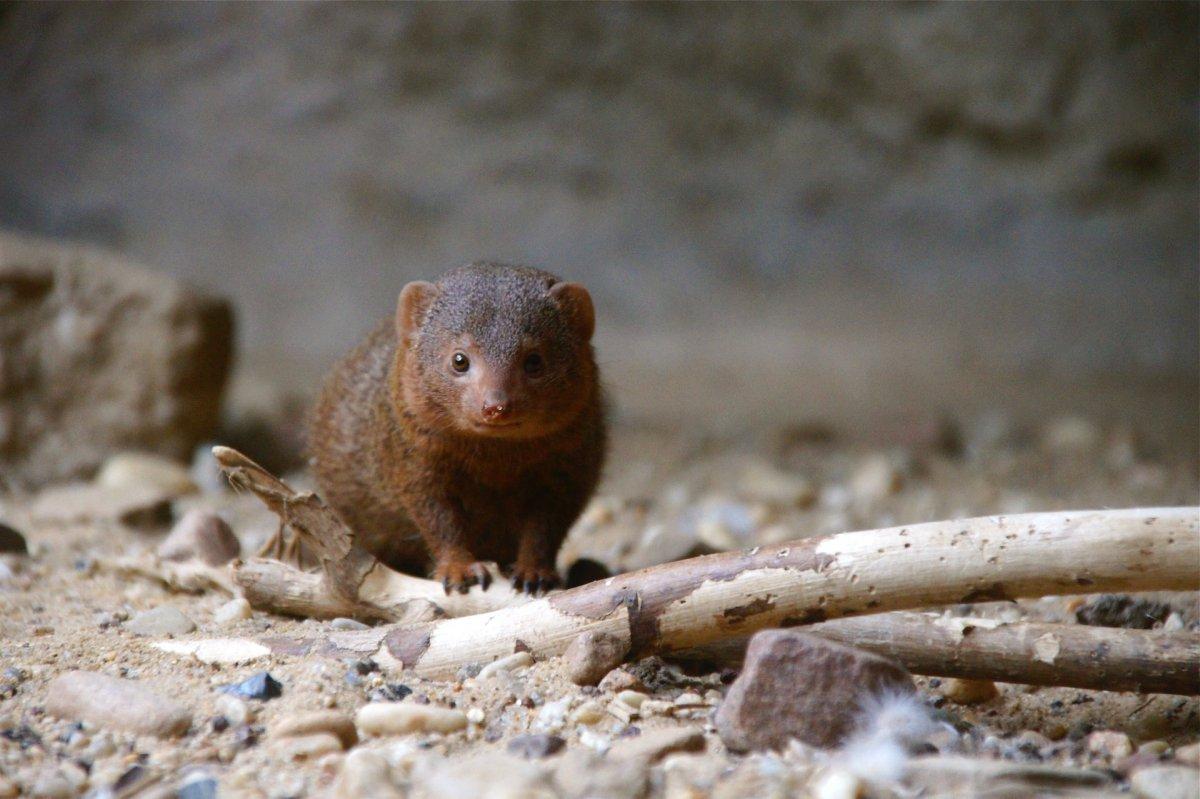
- Name: Small Indian mongoose
- Scientific name: Urva auropunctata
- Conservation status:
Again, the small Indian mongoose is not native to Barbados, but was introduced to many regions of the world, including a lot of Caribbean islands. It is native to the Indian subcontinent, and was first discovered in central Nepal.
Its diet is made of insects like dragonflies, grasshoppers and ground beetles, but it can also prey on small rodents like rats and gerbils. Some specimens were also observed to eat fish.
—
So there you have them, these were my 15 wild animals in Barbados. I hope you enjoyed this list and that you learned something new today.
In case you want to learn more about animals in the country, feel free to keep reading, as I still have lots of things to tell you about:
Endangered Animals of Barbados
This is definitely the saddest part of the list, but it is very important to raise awareness. Because of this, let’s go through the list of endangered animals in Barbados.
Here are the animals in danger of extinction in Barbados.
- Barbados racer
- Barbados raccoon
- Hawksbill turtle
- Great hammerhead
- Scalloped hammerhead
- Smalltooth sawfish
- Oceanic whitetip shark
- and 5 more…
- Basking shark
- Spinetail devil ray
- Whitespotted eagle ray
- Atlantic chupare
- Caribbean reef shark
- and 15 more…
To see the full list of endangered species in Barbados, head over to the International Union for Conservation of Nature’s Red List.
What is the National Animal of Barbados?
The national animal of Barbados is the mahi-mahi.
Also known as the common dolphinfish, the mahi-mahi is a species of fish that can be found in temperate, tropical and subtropical worldwide. Its name comes from the Hawaiian language, and it means “very strong”.
It has been a symbol in the Caribbeans for millenia, and it has been fished for almost as long. It is a carnivorous fish that feeds on other fish, crabs and squids.
How Many Animals Native to Barbados?
What is the diversity of native animals in Barbados?
Let’s look at the total number of species of Chordata (mammals, birds, fishes and reptiles).
Total number of animal species in Barbados: 1,434 (4,171 in total in the Caribbean Islands)
More About Animals in the World!
Loved these Barbados wildlife facts? Want to see what animals live in other countries?
Then check out these posts:
Or click here to see ALL the facts up on the blog! Spoiler alert: there’s A LOT of them.
Share the knowledge! Click on the buttons below to share information about these famous animals in Barbados with your friends, and help them learn more about the world 🙂
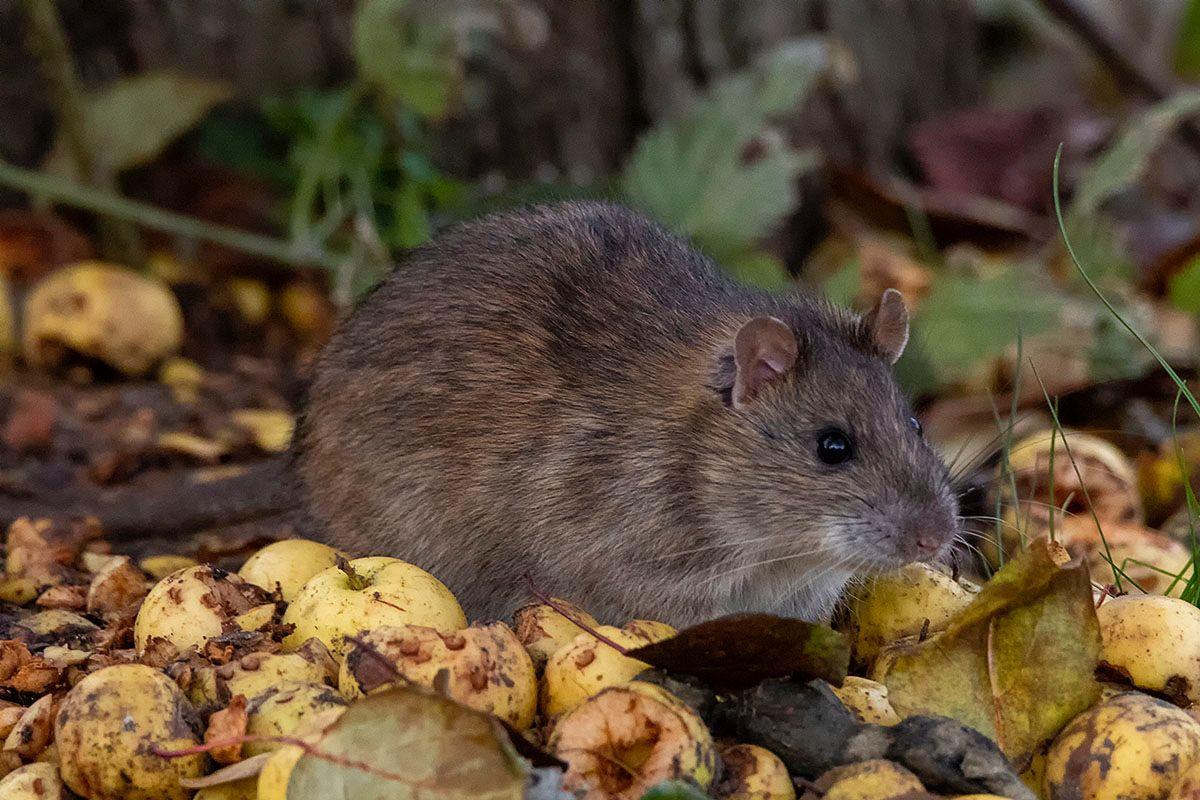
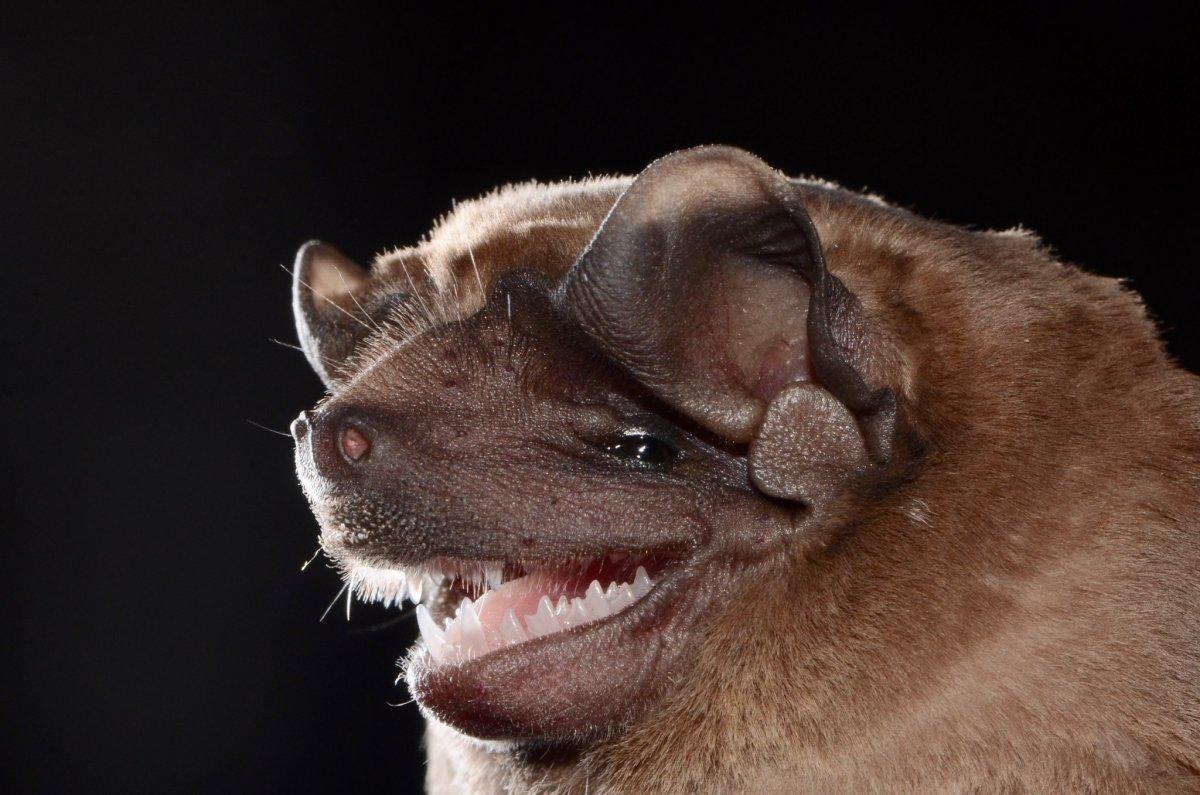
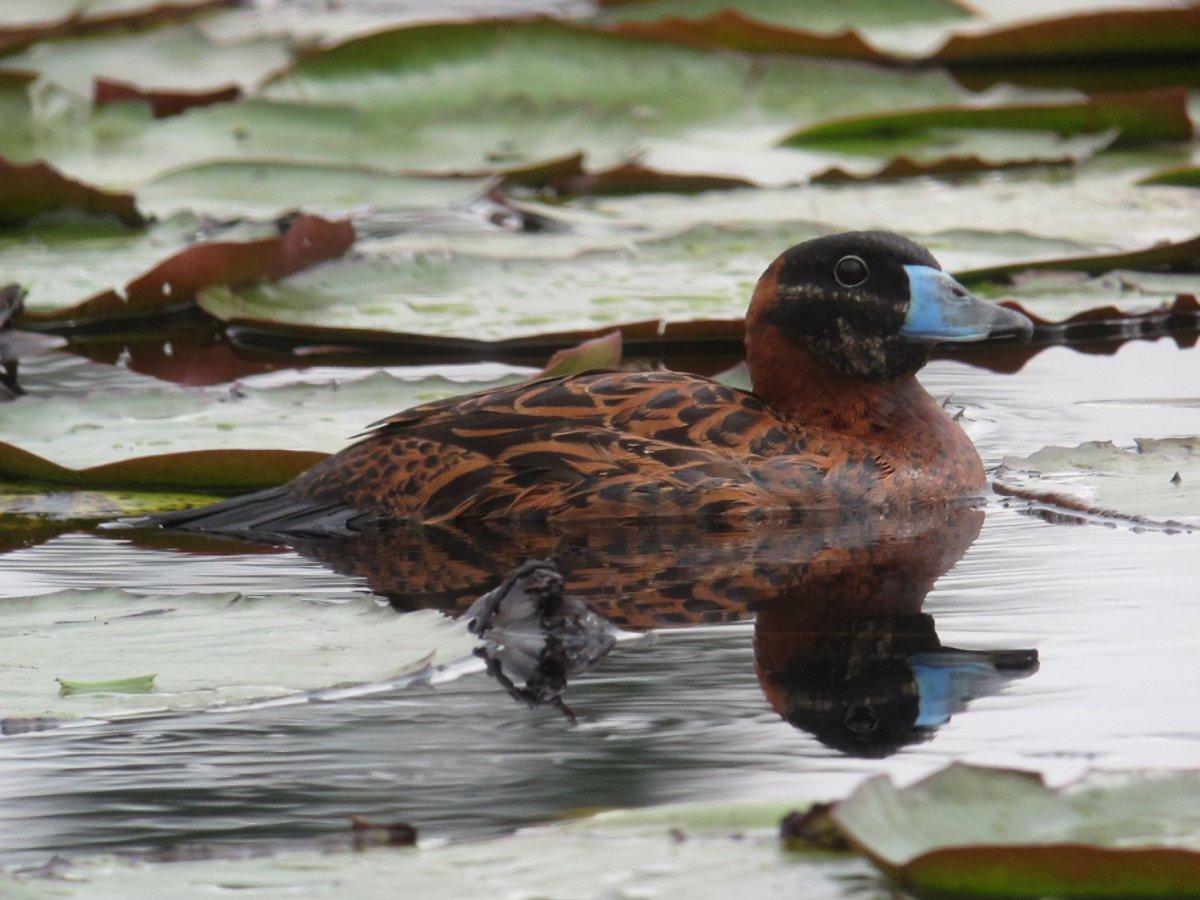
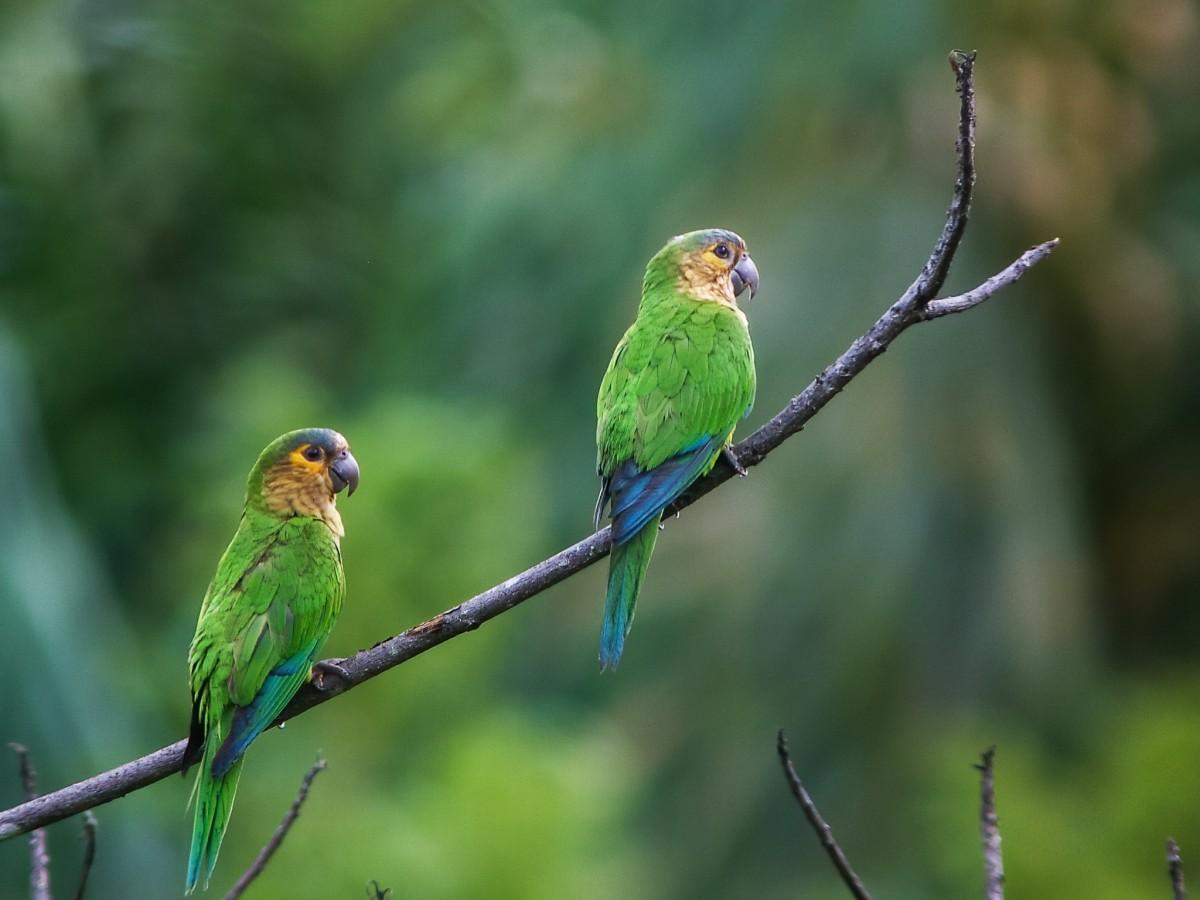
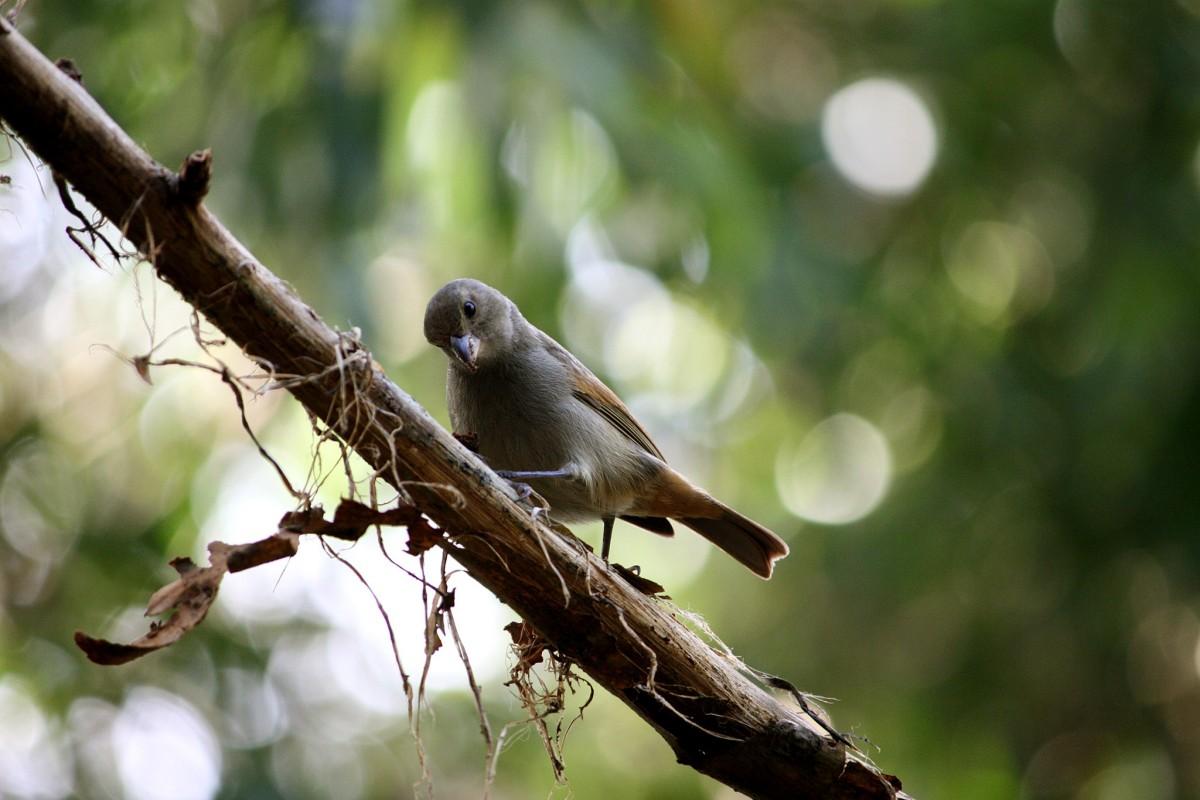
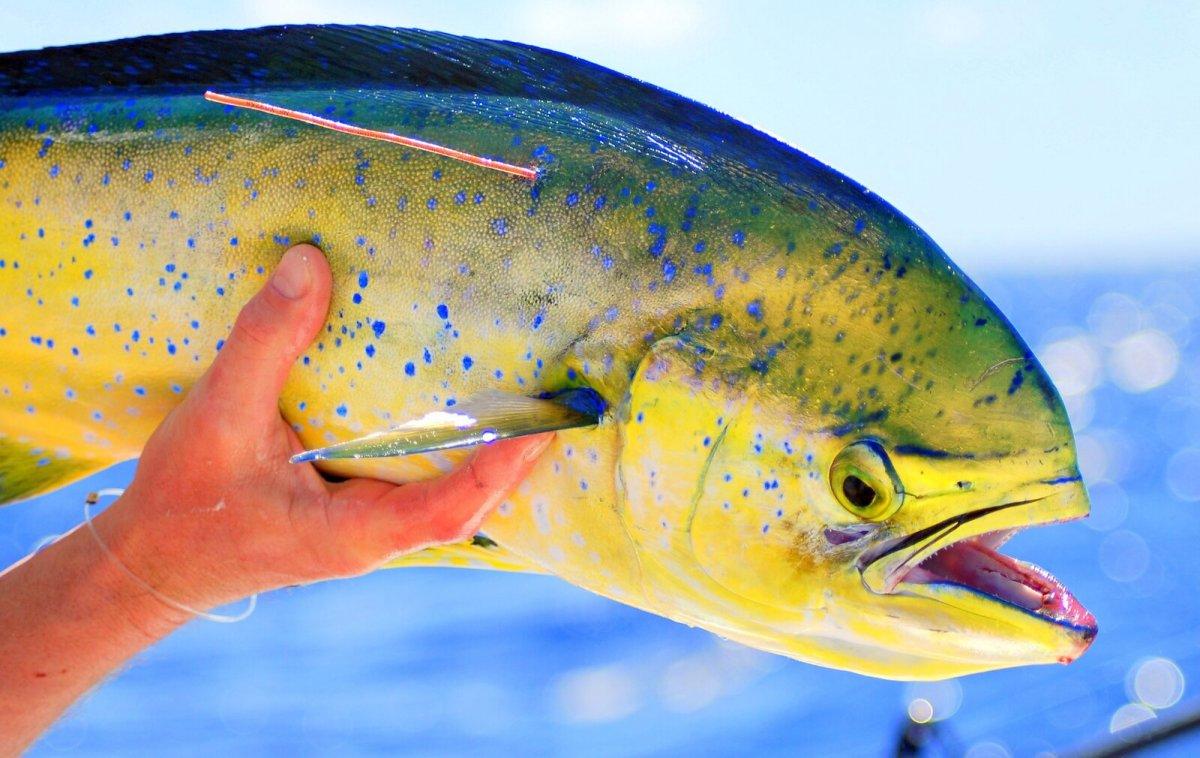

![16 Wild Animals in Romania [Wildlife in Romania]](https://www.kevmrc.com/wp-content/uploads/2022/08/16-wild-animals-in-romania.jpg)
![14 Wild Animals in Argentina [Wildlife in Argentina]](https://www.kevmrc.com/wp-content/uploads/2022/06/14-wild-animals-in-argentina.jpg)
![13 Wild Animals in Austria [Wildlife in Austria]](https://www.kevmrc.com/wp-content/uploads/2022/06/13-wild-animals-in-austria.jpg)